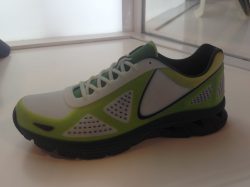
Attending Mach 2016 on April 13th gave us time to think about the impact of additive manufacturing (3D printing) on our industry. Jim Woodcock, Head of Content at The TCT Group, chaired the engaging seminar session. First of all, Simon Chandler, from Create3D, explained that the term ‘3D printing’ actually groups together 12 different types of technology from desk top plastic printing through to large scale metal printers.
Consequently, the range of materials are also expanding with some polymers now being used as metallic substitutes. There is also the ability to use carbon composites to strengthen printed objects when required. At the opposite end of the scale soluble core technology is expanding.
Who uses it?
As the technology rapidly evolves therefore so does the range of uses. The aerospace, high end automotive, medical and lifestyle industries are currently leading the way. They are printing anything from jigs and fixtures and mould tools to surgical instruments and Jewellery.
How does it impact the CAD Engineer’s role?
CAD Engineers need to understand how to design for additive manufacturing (DFAM). Companies can really begin to exploit the benefits of the technology when they understand how products can be designed differently for printing.
In conclusion, there are 3 key requirements to successful 3D technology implementation within manufacturing businesses and they are:
- The correct 3D technology for your purpose
- CAD Engineer’s DFAM knowledge and experience
- Full end to end process implementation
Considering all 3 will allow the greatest benefits to be derived from additive manufacturing over the next few years.


